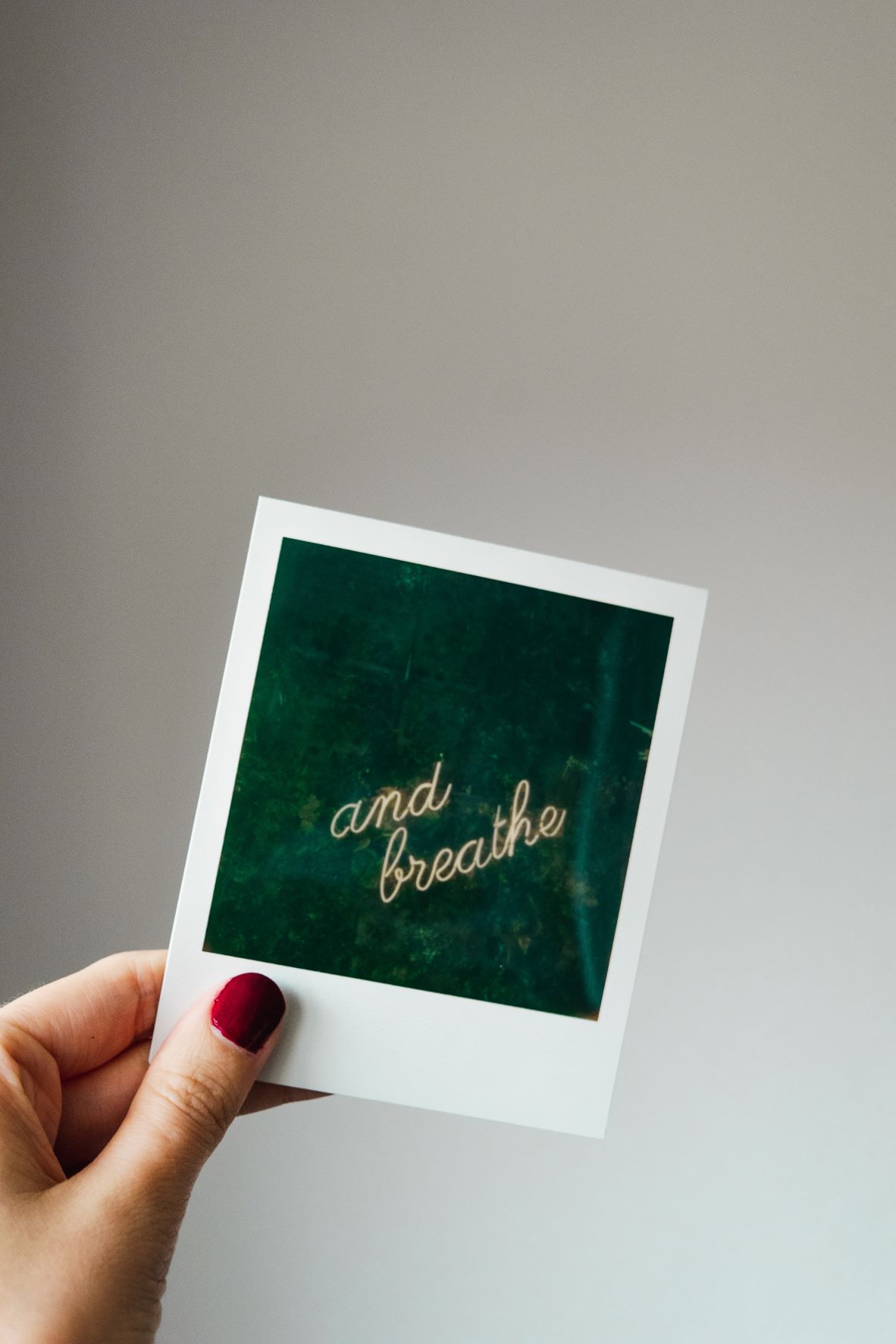3 Relaxation Techniques to Cope with Anxiety Symptoms

Author: Paige Donnelly
The Stress Response
Anxiety can come in all shapes and sizes throughout a person’s life. In times of heightened anxiety, the “fight-or-flight” response can be activated which involves the sympathetic nervous system. Activation of the sympathetic nervous system or the “stress response” can appear as an increased heart rate, respiration rate, pale or flushed skin, dry mouth, digestion issues, tensed muscles, and sweating. The parasympathetic system or “rest and digest” response is responsible for the relaxation response which assists in decreasing the heart rate, stimulating digestion, and overall promoting rest and relaxation.
The stress response might be caused by a situational circumstance, such as a presentation at work or a conflict with a friend. However, anxiety and this stress response can be a chronic condition that doesn’t dissipate in the absence of a stressor. Fortunately, there are online therapists for anxiety in North Carolina as well as many methods to cope with the varying symptoms of anxiety. Here, we will cover just a few relaxation techniques you can practice independently to aid in reducing anxiety and decreasing the stress response. You can also learn more about anxiety treatment and disorders here.
Box Breathing as an Anxiety Treatment
This is one of my personal favorites for coping with anxiety. It’s proven effective in reducing feelings of anxiety, promoting a sense of calm, improving one’s mood, and is regularly utilized by Navy SEALs in high stress situations. This technique is extremely accessible and can be done anywhere at any time. When practicing this technique, it’s most helpful to imagine a box with four sides. Each side of the box will represent 4 seconds.
To “box breathe,” you will:
- Breathe in for 4 seconds
- Hold your breath for 4 seconds
- Exhale for 4 seconds
- Hold your breath for 4 seconds.
You can continue this cycle as many times as needed to feel calm and re-centered.

Progressive Muscle Relaxation
Much like box breathing, progressive muscle relaxation (PMR) is a coping method that involves the parasympathetic nervous system. PMR consists of going through each major muscle group by first tensing up, holding that tension, and then releasing. This practice promotes relaxation and helps us to become more aware of when we are holding tension within our body.
*Please bypass any area of the body that may be injured or is uncomfortable to tense.
To practice progress muscle relaxation, you will:
- Get into a comfortable seated position.
- Tighten all the muscles in your face (scrunch up your nose, close your eyes tightly, clench your jaw) and hold for 5-10 seconds.
- Relax all those muscles in your face for 15-20 seconds and feel any tension leaving your facial muscles.
- Repeat this tensing and releasing process once more.
- Focus on your shoulders, drawing them up toward your ears and holding for 5-10 seconds.
- Release your shoulders back down to a natural position for 15-20 seconds.
- Repeat.
- Focus your attention on your arm muscles, make fists with your hand and bring your hands up toward your shoulders, tensing those muscles for 5-10 seconds.
- Release your arm muscles and relax for 15-20 seconds.
- Repeat.
- Bring your attention to your stomach. Push your stomach out as you breathe in and hold for 5 seconds.
- Exhale and allow your stomach to return to a natural position, ensuring you are not sucking your stomach in. Breathe regularly and relax for 15-20 seconds.
- Repeat.
- Shift your focus to your quadriceps and glutes, tensing your glute muscles and pushing your feet into the ground. Hold for 5-10 seconds.
- Release those muscles for 15-20 seconds.
- Repeat.
- Bring your attention to your calf muscles, pointing your toes toward the sky or ceiling and holding for 5-10 seconds.
- Release your calf muscles and relax for 15-20 seconds.
- Repeat.
- Lastly, bring your attention to your feet. Curl your toes under and tense the muscles in your feet, holding for 5-10 seconds.
- Release your feet muscles and relax for 15-20 seconds.
- Repeat.
- Continue the process of tensing and releasing for any other muscle group where you may continue to feel tension.

Mindfulness Walk for Anxiety Treatment
To be mindful is to pay attention to the present moment without judgment. It’s common for thoughts, feelings, and worries to pop up during this practice, but when engaging in mindfulness, you will continue to refocus your mind on your breathing and the present moment. This means allowing anything unrelated to the present to come and go without staying with that thought. Continuing to practice mindfulness can promote awareness and acceptance of these thoughts and feelings without allowing them to consume us. Mindfulness can be practiced during daily activities, such as brushing your teeth, washing the dishes, or cooking. For this example, we will use walking as a mindful activity.
Next time you can get outside for a walk, try focusing on your five senses. Notice how your leg muscles feel as you take each step. Feel your feet as they make contact with the ground. Notice any breeze or humidity in the air. Take note of anything you can smell such as fresh grass, flowers, a neighbor cooking, or simply fresh air. Be aware of what you can see, the varying colors or natural textures that come along with the outdoors. Observe what you can hear on this walk, whether it’s the noises of animals, people or cars driving by.
If you have any thoughts or feelings coming up that are unrelated to the walk, know that this is completely normal and is likely to happen throughout this practice. Allow yourself to acknowledge these thoughts or feelings without judgment and then bring your attention back to your breathing and back to your senses.
Start Online Anxiety Treatment in North Carolina and Florida
Don’t let anxiety hold you back. You don’t have to live with the anxiety and unhappiness. Anxiety treatment in North Carolina can help you feel more relaxed and confident in working towards a better future. Our counseling clinic in North Carolina has caring and highly trained therapists to help you start your counseling journey. When you are ready to get started, follow these simple steps:
- Contact Mindspace Counseling
- Meet with one of our therapists
- Start overcoming your anxiety and the impacts of trauma, leading you to be your most authentic and effective self in both personal and professional life.
Other Therapy Services at Mindspace Counseling
Anxiety therapy is not the only service we offer at our North Carolina-based therapy practice. An EMDR Intensive may benefit you and can be done via online therapy in North Carolina or Florida. Other therapy services we provide include grief counseling and EMDR therapy. If you’re struggling with anything postpartum, we offer perinatal mental health counseling as well. Get connected with us today.




